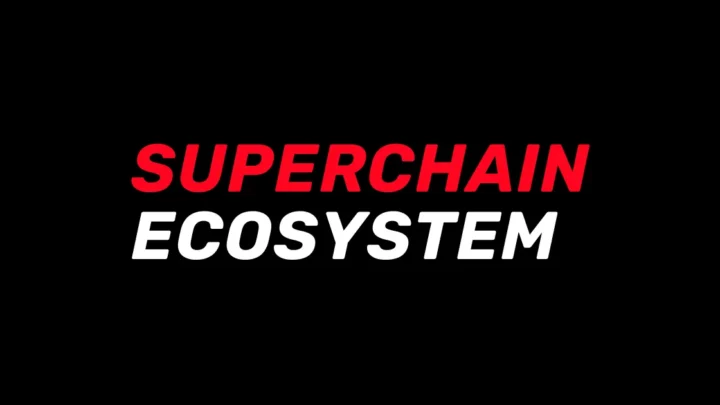Understanding Blockchain Technology Blockchain technology is an advanced system of digital ledger that enables secure, transparent, and decentralized record-keeping. At its core, blockchain is composed of a distributed chain of blocks, each containing data and secured through cryptographic techniques. This structure ensures that once data is recorded, it cannot be altered without the consensus of the network, guaranteeing high integrity and trustworthiness. The principle of decentralization is fundamental to blockchain technology. Unlike traditional databases managed by a central authority, a blockchain operates on a peer-to-peer network, allowing all participants to validate and verify transactions independently. This decentralization reduces the risk of single points of failure and fosters a more resilient ecosystem. Additionally, blockchain enhances transparency as every transaction is publicly recorded on the ledger, accessible to all network participants. This transparency is crucial in promoting accountability, particularly in sectors such as finance and supply chain management. There are primarily two types of blockchains: public and private. Public blockchains, like Bitcoin and Ethereum, permit anyone to participate by validating transactions and securing the network. They are characterized by their high levels of transparency and inclusivity. Conversely, private blockchains are restricted to specific participants, where access is controlled by a central entity. These blockchains prioritize privacy and are often used by businesses for internal operations, ensuring that sensitive data remains confidential while still benefiting from blockchain’s efficiencies. An essential application of blockchain technology is in the realm of digital assets, prominently cryptocurrencies. Cryptocurrencies utilize blockchain to enable secure peer-to-peer transactions without the intervention of intermediaries such as banks. As the technology continues to evolve, its potential to transform various industries is becoming increasingly recognized, paving the way for innovative solutions and applications in the future. Current Use Cases of Blockchain Blockchain technology has made significant strides across various sectors, demonstrating its versatile applications and effectiveness. One of the most prominent use cases is in the financial industry, particularly through cryptocurrencies like Bitcoin and Ethereum. These digital currencies leverage blockchain’s decentralized nature to facilitate secure and transparent transactions. Payment systems embedded with blockchain technology not only reduce transaction costs but also expedite the process, allowing for near-instantaneous cross-border payments. Supply chain management has also embraced blockchain, utilizing this technology to enhance transparency and efficiency. By implementing blockchain, companies can create immutable records that track products from manufacture to delivery. For instance, Walmart has integrated blockchain to trace the origins of its food products, ensuring quality control and the ability to swiftly address any contamination issues. This not only improves consumer trust but also reduces inefficiencies and fraud within the supply chain. With patient data stored on a blockchain, healthcare providers can access up-to-date medical histories while ensuring patient privacy. Projects like MedRec are pioneering this approach, allowing patients to control access to their health information while enabling providers to share data seamlessly, ultimately improving patient care outcomes. Finally, voting systems represent another critical application of blockchain technology. Utilizing blockchain for elections can greatly enhance transparency and integrity. By recording votes on an immutable ledger, it mitigates the risk of tampering and fraud. Countries like Estonia have successfully implemented this technology in online voting, showcasing its potential to foster trust in democratic processes and engaging more citizens in electoral participation. Challenges and Limitations of Blockchain While blockchain technology presents numerous advantages, it is not without its challenges and limitations that may hinder its widespread adoption. One of the most significant hurdles is the issue of scalability. As the number of users and transactions on a blockchain network increases, the ability to process data efficiently can deteriorate. For instance, popular networks such as Bitcoin and Ethereum have experienced congestion, leading to higher transaction fees and slower processing times. This limitation raises critical questions regarding the feasibility of blockchain for large-scale applications. Energy consumption is another pressing concern. Most major blockchain networks utilize a proof-of-work consensus mechanism, which requires considerable computational power and energy to validate transactions. Critics argue that this contributes to environmental degradation and may be unsustainable in the long run. As awareness of climate change grows, the need for energy-efficient alternatives becomes increasingly urgent. Thus, developing less energy-intensive consensus mechanisms is crucial for blockchain’s future viability. Regulatory uncertainty further complicates the landscape for blockchain technology. Governments around the world remain divided on how to integrate blockchain into existing legal frameworks. This ambiguity can deter potential investors and developers, fostering an environment of caution rather than innovation. Additionally, regulatory bodies have expressed concerns about security, fraud, and money laundering, emphasizing the need for clear guidelines to promote responsible blockchain use. Lastly, interoperability among various blockchain systems presents a significant barrier. While numerous blockchain networks have emerged, their ability to communicate and interact with one another is often limited. For enterprises looking to leverage multiple blockchain solutions, achieving seamless integration remains a challenge that must be addressed. Addressing these challenges is vital for the broader adoption and success of blockchain technology in various sectors. The Future of Blockchain Technology: Trends and Predictions One prominent trend is the integration of blockchain with emerging technologies such as Artificial Intelligence (AI) and the Internet of Things (IoT). The synergy between these technologies could lead to enhanced data integrity and security, as AI can analyze and interpret vast amounts of data securely stored on a blockchain. Additionally, IoT devices can leverage blockchain technology to ensure secure transactions between devices, creating a more trustworthy ecosystem. Another critical aspect to consider is the evolving landscape of regulatory frameworks surrounding blockchain. As the technology becomes more mainstream, governments worldwide are beginning to understand its potential and the necessity for regulation. Enhanced regulations can instill greater confidence in blockchain applications, paving the way for widespread adoption across industries such as finance, healthcare, and supply chain management. These regulatory advancements could also help mitigate risks associated with fraud and data breaches, ultimately enhancing consumer trust in blockchain-powered solutions. Moreover, the evolution of Decentralized Finance (DeFi) presents a noteworthy prediction for the blockchain landscape. DeFi is transforming the way individuals access financial services by…





